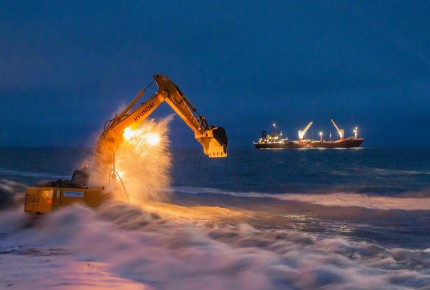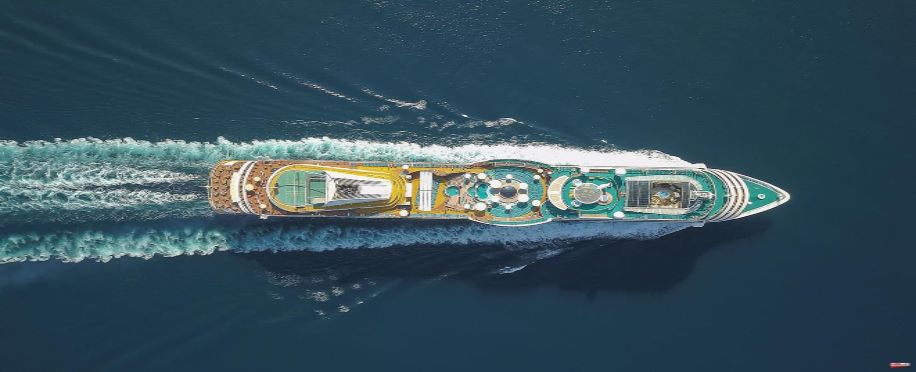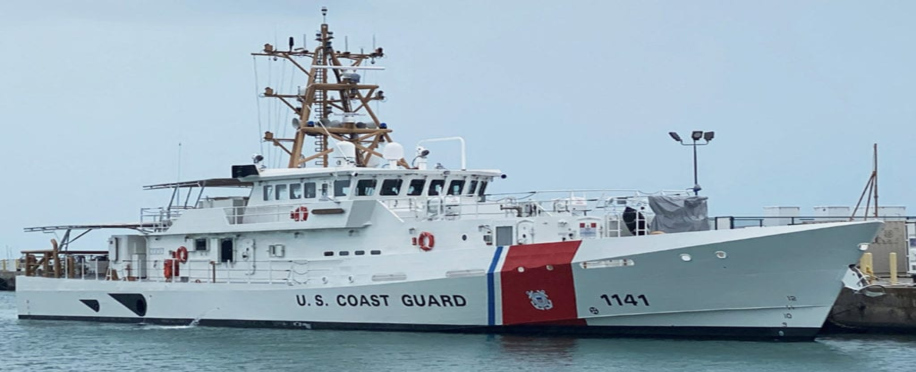HMM and HD Hyundai Heavy intend to 3D print ship components by December

Posted on Mar 23, 2025 at 09:03 AM
In a major advancement for their maintenance, repair, and overhaul (MRO) operations, domestic shipyards and container shipping firms have successfully demonstrated the 3D printing of ship components.
With the 3D printing system expected to be fully operational by December 2025, the consortium—which consists of Ulsan and affiliated organisations CSCAM, HD Korea Shipbuilding & Offshore Engineering (KSOE), HMM, and the Korean Register—expects to save ship operators a significant amount of time and money when producing parts related to maintenance, repair, and overhaul.
3D Printing's Function in Marine Operations
Large ships typically include a range of replacement components on board in case of unforeseen malfunctions. Ships can now manufacture the necessary components on demand thanks to 3D printing, which does away with the need for vast inventory areas and cuts down on the time needed to buy, manufacture, and transport spare parts.
Moreover, following final tests and a demonstration at the HD Hyundai Samho shipyard in South Jeolla, HD HHI and HMM revealed that their 3D printing technology operated steadily. Because ships are always moving, reducing the impacts of vibration is a major difficulty when 3D printing aboard ships. The technology's ability to function dependably under such circumstances was demonstrated by the successful demonstration.
Launched in 2023 with backing from the Ministry of Trade, Industry, and Energy, the initiative seeks to transform the MRO and shipbuilding sectors. By creating a digital parts library and connecting ships and ports to enable remote ordering and localised part delivery, HD HHI, a shipbuilding subsidiary of HD KSOE, intends to commercialise the technology.
Additionally, the subsidiary is working with HD KSOE to create carbon steel powder for use in ship components. Compared to stainless steel or plastic, carbon steel is more affordable and more durable, making it the perfect material for 3D printing ship parts.

Operational Efficiency
“This demonstration has confirmed the competitiveness of 3D printing technology in the shipbuilding industry,” an official of HD HHI stated. “We will continue to lead innovation in the ship MRO sector through ongoing research and development.”
Maritime Training Online courses offers courses specifically focused on 3D printing technologies in shipbuilding, as well as a number of programs that address industry-relevant additive manufacturing.
The marine industry's approach to inventory control and components manufacture may change as a result of this 3D printing technological innovation, greatly increasing operational
efficiency. Furthermore, it can save carbon footprints by using fewer resources for transporting and producing traditional spare parts.
In the end, the global maritime industry's sustainability and adaptability might be further improved as technology develops and opens the door for the on-demand creation of more intricate and vital components.
Read more news:


